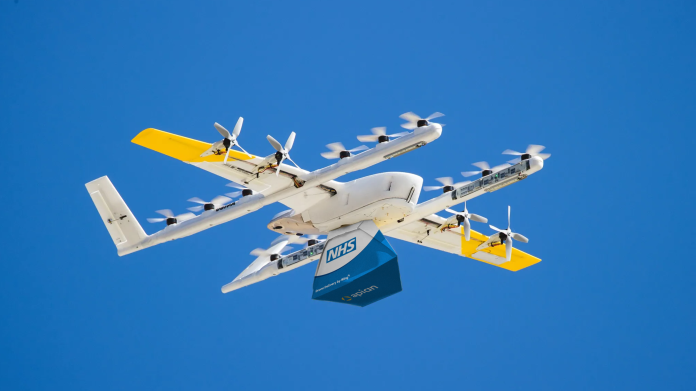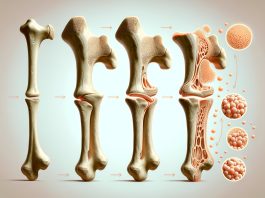The NHS has announced that it will be trialling a medical drone delivery service for blood samples in London.
The trial will see urgent blood samples transported between Guy’s Hospital and the lab at St Thomas’ Hospital via electric drones.
The medical drone delivery service aims to significantly enhance patient care by accelerating turnaround times.
Professor Ian Abbs, Chief Executive at Guy’s and St Thomas’, commented: “The drone pilot combines two of our key priorities – providing the best possible patient care and improving sustainability.
“We are proud to be the first Trust in London to trial this innovative approach to help speed up blood sample analysis for our most urgent cases.”
Improving outcomes for NHS patients
Traditionally, blood samples are delivered by couriers using vans or motorbikes and can take more than an hour.
In contrast, medical drone delivery can transport blood samples across the same distance in under two minutes.
This major speed advantage allows for faster analysis, enabling medical professionals to rapidly determine which patients are safe to undergo surgery or be discharged.
The trial, which begins this Autumn 2024 and runs for six months, will deliver blood samples for patients undergoing surgery who are at a high risk of complications from bleeding disorders.
The trial is regulated by the Civil Aviation Authority, which has granted the airspace approval and has been organised by Apian, a healthcare logistics company, and Wing, a drone delivery specialist that is part of Google’s parent company, Alphabet.
Apian and Wing have partnered previously on medical drone delivery trials in Dublin and rural areas of the UK, with this landmark project representing the first trial of its kind in London.
Sophie O’Sullivan, Director of Future of Flight, UK Civil Aviation Authority, added: “Innovative trials like this from Guy’s and St Thomas’, Apian and Wing help demonstrate the many positive and safe ways that drones can be used for society – in this case, to improve patient outcomes and deliver significant environmental benefits.
“This is one of the many reasons that we are working with companies through our sandbox trials programme, to enable the test and development of pioneering new aviation technology in the UK.”
Benefits of medical drone delivery
Medical drone delivery services offer transformative benefits to healthcare systems, particularly in remote or underserved areas.
One of the key advantages is speed. Drones can bypass traffic and geographical barriers, ensuring that critical medical supplies such as blood, vaccines, or life-saving medications reach their destinations quickly. This is especially vital in emergencies where traditional transport methods may face delays.
Another significant benefit is accessibility. In regions with poor infrastructure, such as mountainous or rural areas, drones provide a reliable solution for delivering healthcare essentials. This can bridge gaps in care, ensuring that patients in hard-to-reach locations receive timely medical assistance.
Additionally, medical drone services can be cost-effective. Drones reduce the need for expensive logistics systems or specialised vehicles, lowering transportation costs for healthcare facilities. They also enable environmentally friendly delivery, as drones often use electric power, cutting down carbon emissions associated with conventional transport methods.
Research suggests that lightweight commercial drones can reduce CO2e by up to 99% compared to non-electric cars and reduce transportation electricity needed compared to electric delivery vans.
By improving delivery times, expanding access, and reducing costs, medical drones have the potential to revolutionise healthcare logistics, ultimately saving lives and improving patient outcomes, particularly in critical situations.









